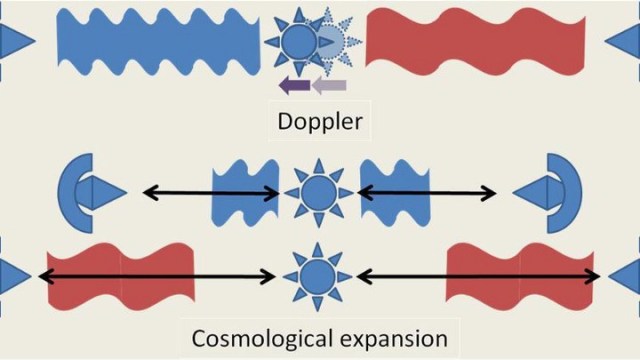Vaping changes blood vessels after one use, even without nicotine

John Keeble/GETTY
- A new study used an MRI machine to examine how vaping e-cigarettes affects users’ cardiovascular systems immediately after inhalation.
- The results showed that vaping causes impaired circulation, stiffer arteries and less oxygen in their blood.
- The new study adds to a growing body of research showing that e-cigarettes – while possibly safer than traditional cigarettes – are far from harmless.
Vaping e-cigarettes causes negative impacts on the vascular system, even when the “vape juice” doesn’t contain nicotine or flavoring, according to new research.
In the study, published Tuesday in the journal Radiology, researchers at the University of Pennsylvania’s Perelman School of Medicine used an MRI machine to examine the veins and arteries of 31 people shortly after they inhaled vape juice, which had been stripped of flavoring and nicotine. After taking 16 three-second puffs, the participants showed impaired circulation, stiffer arteries, and less oxygen in their blood.
“The results of our study defeat the notion that e-cigarette vaping is harmless,” Felix Wehrli, the study’s lead investigator, told Wired. “We did expect an effect, but we never thought the effect was as big as what we found… It’s not just a little change we detect — it’s a major effect.”
Without nicotine and flavoring, vape juice consists mainly of the chemicals propylene glycol and glycerol. The results show that when vape juice is heated and inhaled, these chemicals pass through the lungs and make their way into veins and arteries. The chemicals then irritate the epithelium, which is a thin layer of cells that line blood vessels.
This disrupts normal functioning of the vascular system, mainly by constricting blood vessels by more than 30 percent. If blood vessels remain constricted over the long term, people can suffer strokes and heart attacks.
The good news: Participants’ vascular systems returned to normal after a couple of hours. But the results imply that heavy users would regularly experience these vascular impairments. Of course, vaping isn’t the only activity that impacts the vascular system.
“A host of other activities, including exercise and caffeine use, have been shown to impact vascular activity acutely, but these short-term changes don’t necessarily have any long-term prognostic value,” Gregory Conley, president of the American Vaping Association, told Wired.
The keyword there is “necessarily”; scientists are still learning about the precise long-term effects of vaping.
“Nobody knows what it does to the human lung to breathe in and out aerosolized propylene glycol and glycerin over and over. It’s an experiment, frankly,” Dr. Robert Jackler, founder of Stanford Research Into the Impact of Tobacco Advertising, said at a congressional hearing in July. “We will find out, years from now, the results.”
The new study adds to a growing body of research showing that e-cigarettes – while possibly safer than traditional cigarettes – can damage the heart, cardiovascular cells, and lungs. Last week, the Centers for Disease Control and Prevention opened an investigation into the health effects of e-cigarettes after 94 e-cigarette users reported serious lung illnesses from June to July.





